 Abraham Lincoln
If given the truth, the people can be depended upon to meet any national crisis...
Abraham Lincoln
If given the truth, the people can be depended upon to meet any national crisis...
 Guildford news...
for Guildford people, brought to you by Guildford reporters - Guildford's own news service
Guildford news...
for Guildford people, brought to you by Guildford reporters - Guildford's own news service
Birdwatcher’s Diary No.280
Published on: 29 May, 2023
Updated on: 28 May, 2023
By Malcolm Fincham
By the end of the second week of May a long awaited spell of settled weather had arrived. This was much thanks to a high pressure system pushing up from the Azores. Temperatures, however, remained just below the seasonal average, dropping often to low single figures overnight.
At Burpham Court Farm on May 14, while looking across the wetland areas of the River Wey Navigation from Jacobs Well Road, a ruddy shelduck could be viewed as it loosely associated with a mixed group of Egyptian and Canada geese.
Also picking out a little egret.
An invite from Dougal on May 18, took me on a journey down to Knepp Estate, just south of Horsham.
Knepp was once an area of intensive farming, but in recent years has become devoted to a pioneering re-wilding project.
It now has a mosaic of habits, including grassland, scrub and woodland, shaping the future of nature conservation. And consists of 3,500 acres of land owned by the Burrell family for over 220 years.
In recent years it has probably been best known for its reintroduction of white storks, with as many as 19 pairs now occupying nests within its grounds.
And with many of the birds already raising young.
The free roaming wildlife there include red, and fallow deer, as well as cattle, ponies and pigs.
Although restricted to three set footpaths provided by the owners of the estate, there was much to view along the way, with plenty of exercise for one’s legs across the mostly uneven ground.
The rare-breed Tamworth pigs originally replaced what were once wild boar. They are an old breed, renowned for their hardiness and a surprising ability to sprint short distances. We were fortunate to spot a sow suckling three piglets, close, but not too close to where we walked.
Several herds of fallow deer could also be viewed.
As well a small groups of Exmoor ponies.
While longhorn cattle are also resident there.
The most pleasing highlight for Dougal was one of several lesser whitethroats still in song to add to his year’s tally.
Having expended most of my opportunities of sightings of new birds locally, and with the arrival of a few warmer and drier days, it felt the right time to look for a few new butterflies that hopefully had begun to emerge.
On May 20, once again, in the company of Dougal, we visited Sheepleas, near East Horsley.
Our first encounter was quite a bonus, and came about when hearing several blackbirds ‘ticking’ loudly from within the thick scrub of hazel, blackthorn and mixed vegetation that line the grassland.
Recalling a previous encounter of a blackbird ‘alarm calling’ in the middle of the day, although not quick enough on this occasion to get a photo, a tawny owl could be viewed as it took flight.
Adding to our year in the way of butterflies included…
Several dingy skippers.
A green hairstreak.
A small copper.
And a grizzled skipper.
A few daytime flying moths could also now be seen.
These included burnet companion moths.
And a few mother Shipton moths.
On Pewley Down in Guildford the following day, we were able to add…
Our first small blue butterflies.
A small heath.
As well as a common blue.
Adding a six-spot burnet.
And a mint moth to our moth sightings.
On a solo mission to Clandon Wood Burial Ground on May 22, I added a brown argus butterfly.
As well as at least six small coppers.
Several common blues.
And my second green hairstreak of the year.
Meanwhile on Denbies Hillside, near Dorking, by the last week of the month the adonis blue butterfly was starting to emerge, on its first brood of the year.
Responses to Birdwatcher’s Diary No.280
Leave a Comment Cancel reply
Please see our comments policy. All comments are moderated and may take time to appear. Full names, or at least initial and surname, must be given.Recent Articles
- New Parish Councillor Says Funds from Developers Must Benefit the Local Community
- Tests at Paddling Pool Showed Water Was Too Alkaline, Says GBC
- Letter: Our Residents Want CIL Money Properly Used for Infrastructure Without Delay
- Charity’s New Programme Meets Needs of SEND Children Without School Places
- Pasta Evangelists to Open First Restaurant Outside London – Right Here in Guildford
- Police Seek Witnesses to Park Barn Assault
- Notice: Rosamund Community Garden
- Village School Set to Close Due to Falling Birth Rate
- Letter: Waverley’s Management of CIL Money Is Morally Questionable
- Dragon Interview: MP Hopes Thames Water Fine Will Be ‘Final Nail in Its Coffin’


Recent Comments
- Patrick Bray on Public Asked for Views on SCC’s Proposal for Reduced Speed Limits
- Mark Percival on Public Asked for Views on SCC’s Proposal for Reduced Speed Limits
- George Potter on Public Asked for Views on SCC’s Proposal for Reduced Speed Limits
- Helena Townsend on Public Asked for Views on SCC’s Proposal for Reduced Speed Limits
- Peter Martin on Conservative Claims on Use of CIL Payments ‘Political Theatre’ Say Lib Dems
- Lauren Atkins on Conservative Claims on Use of CIL Payments ‘Political Theatre’ Say Lib Dems
Search in Site
Media Gallery
Dragon Interview: Local Artist Leaves Her Mark At One of England’s Most Historic Buildings
January 21, 2023 / No Comment / Read MoreDragon Interview: Lib Dem Planning Chair: ‘Current Policy Doesn’t Work for Local People’
January 19, 2023 / No Comment / Read MoreA3 Tunnel in Guildford ‘Necessary’ for New Homes, Says Guildford’s MP
January 10, 2023 / No Comment / Read More‘Madness’ for London Road Scheme to Go Ahead Against ‘Huge Opposition’, Says SCC Leader
January 6, 2023 / No Comment / Read MoreCouncillor’s Son Starts Campaign for More Consultation on North Street Plan
December 30, 2022 / No Comment / Read MoreCounty Council Climbs Down Over London Road Works – Further ‘Engagement’ Period Announced
December 14, 2022 / No Comment / Read MoreDragon Interview: GBC Reaction to the Government’s Expected Decision to Relax Housing Targets
December 7, 2022 / No Comment / Read MoreHow Can Our Town Centre Businesses Recover? Watch the Shop Front Debate
May 18, 2020 / No Comment / Read More



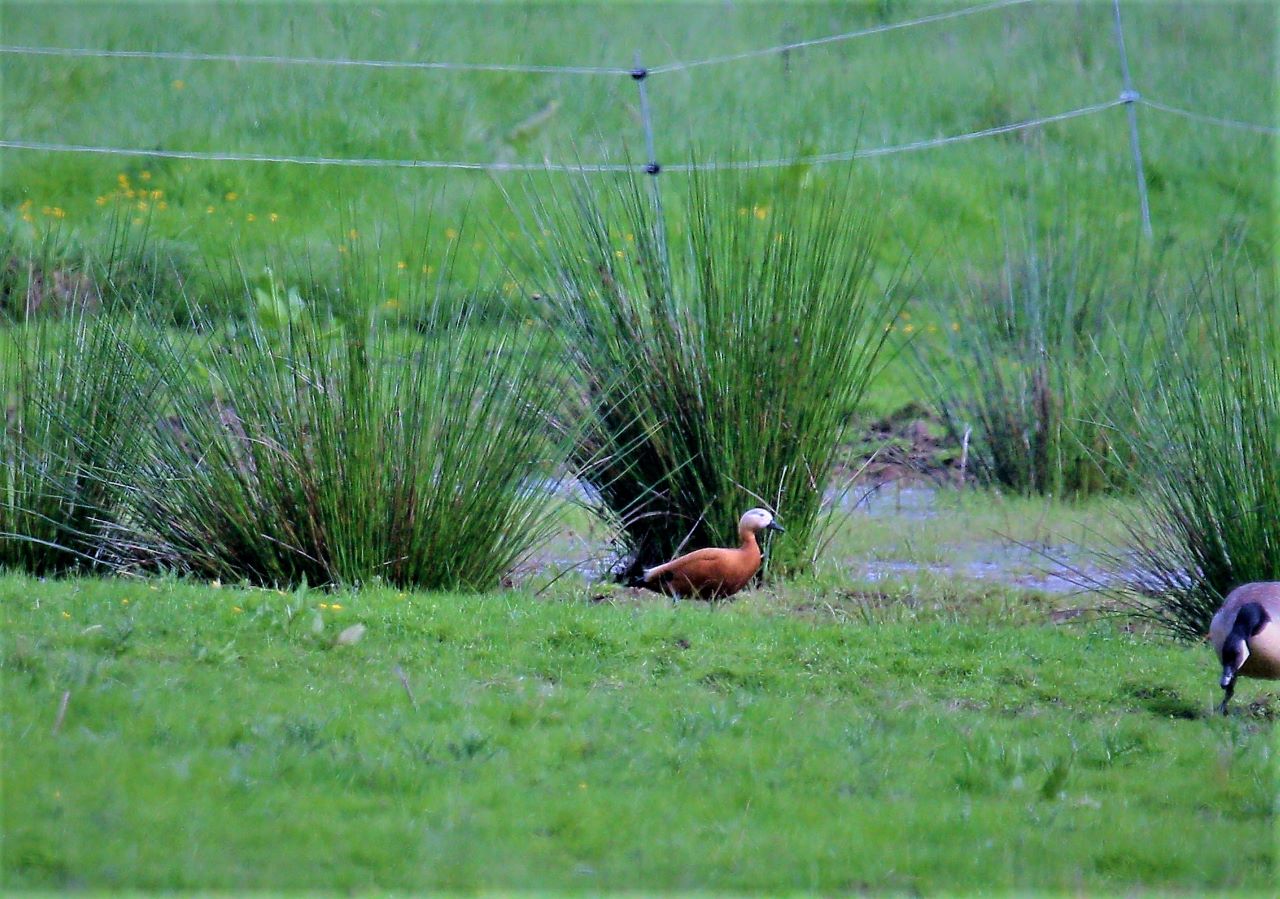

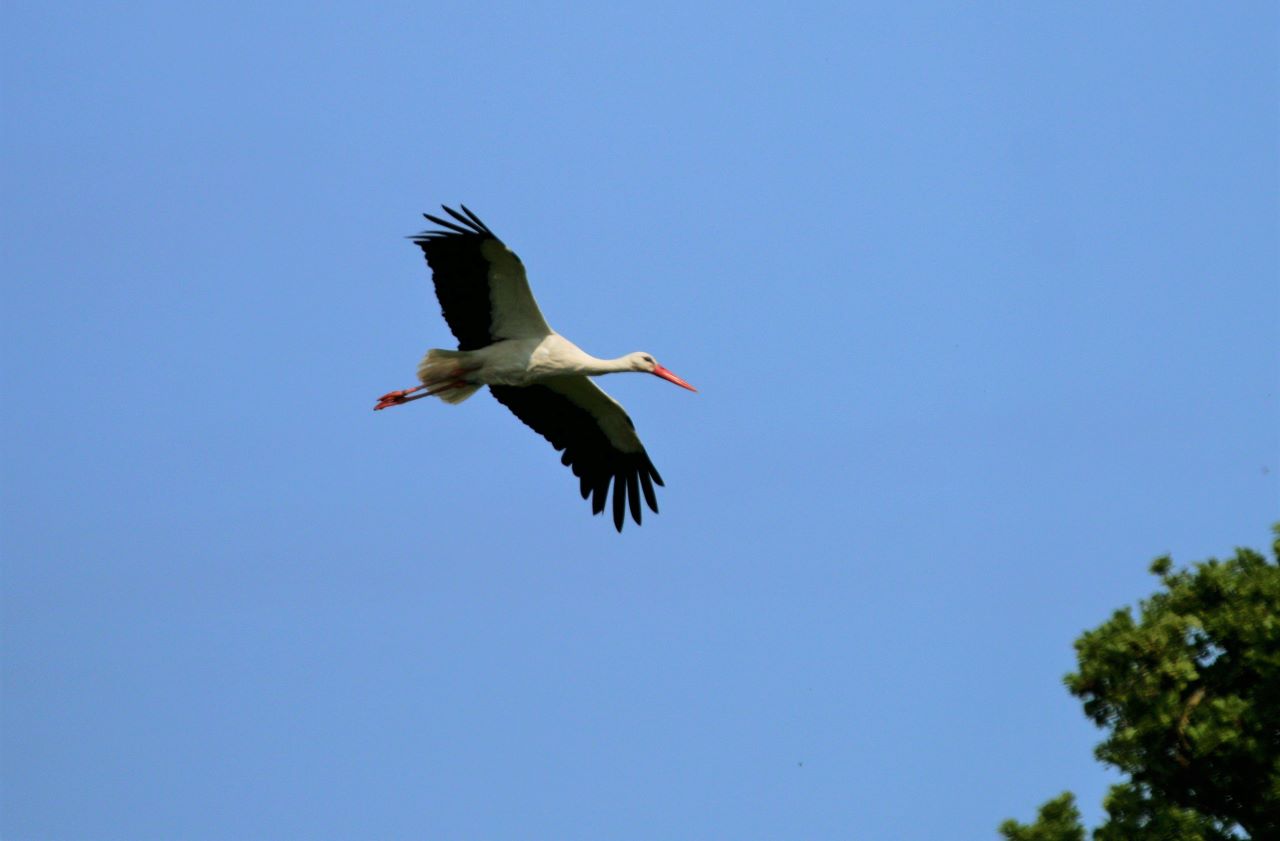
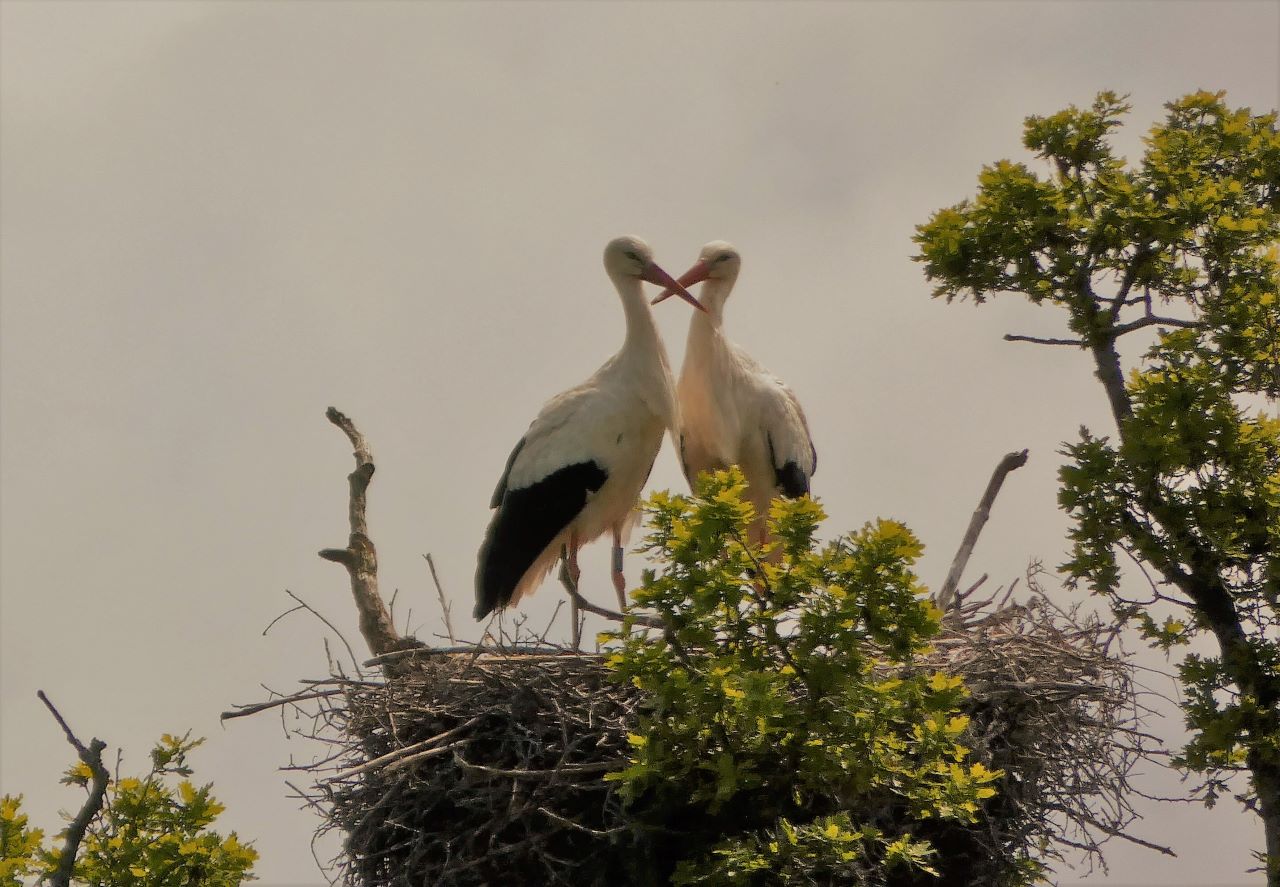
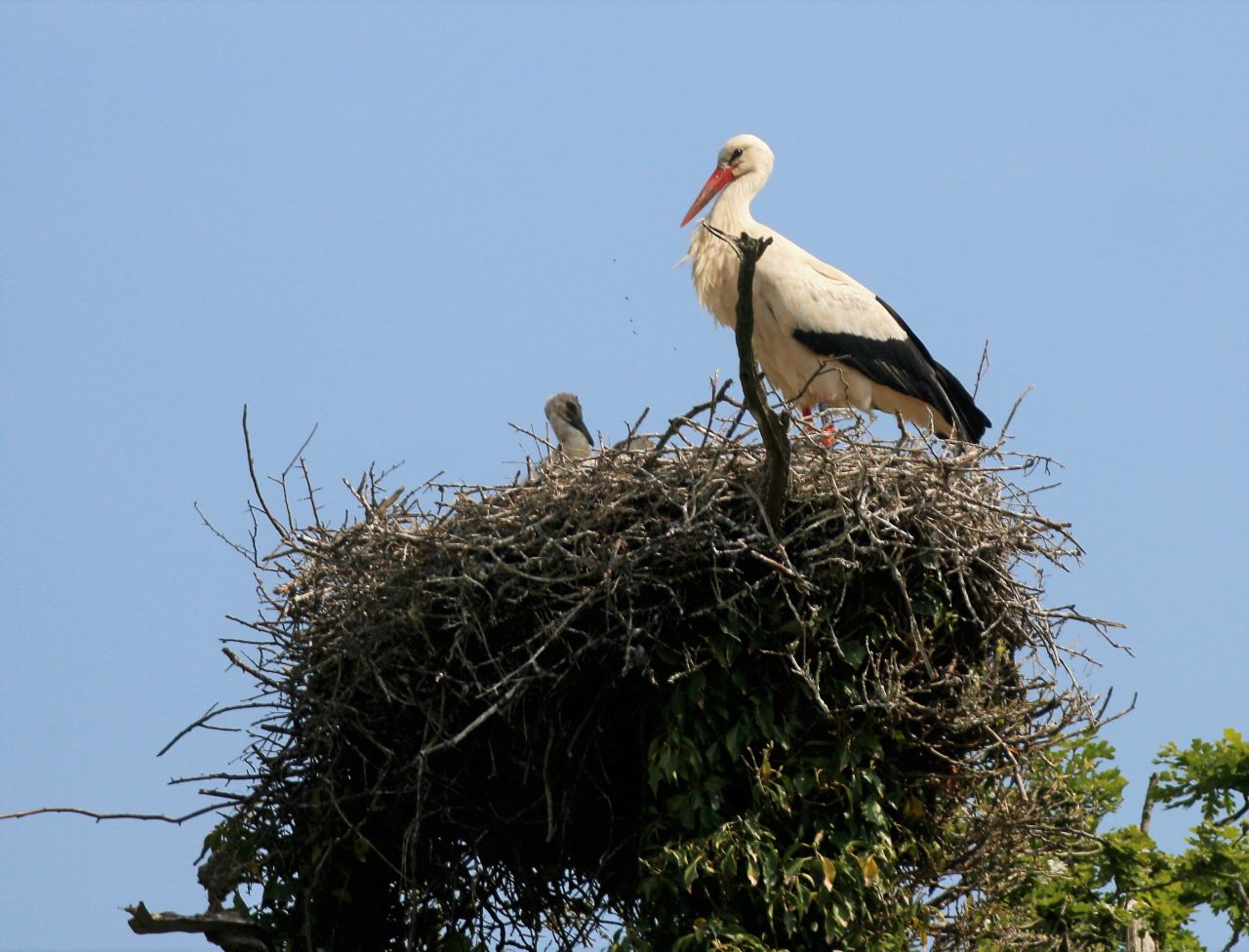
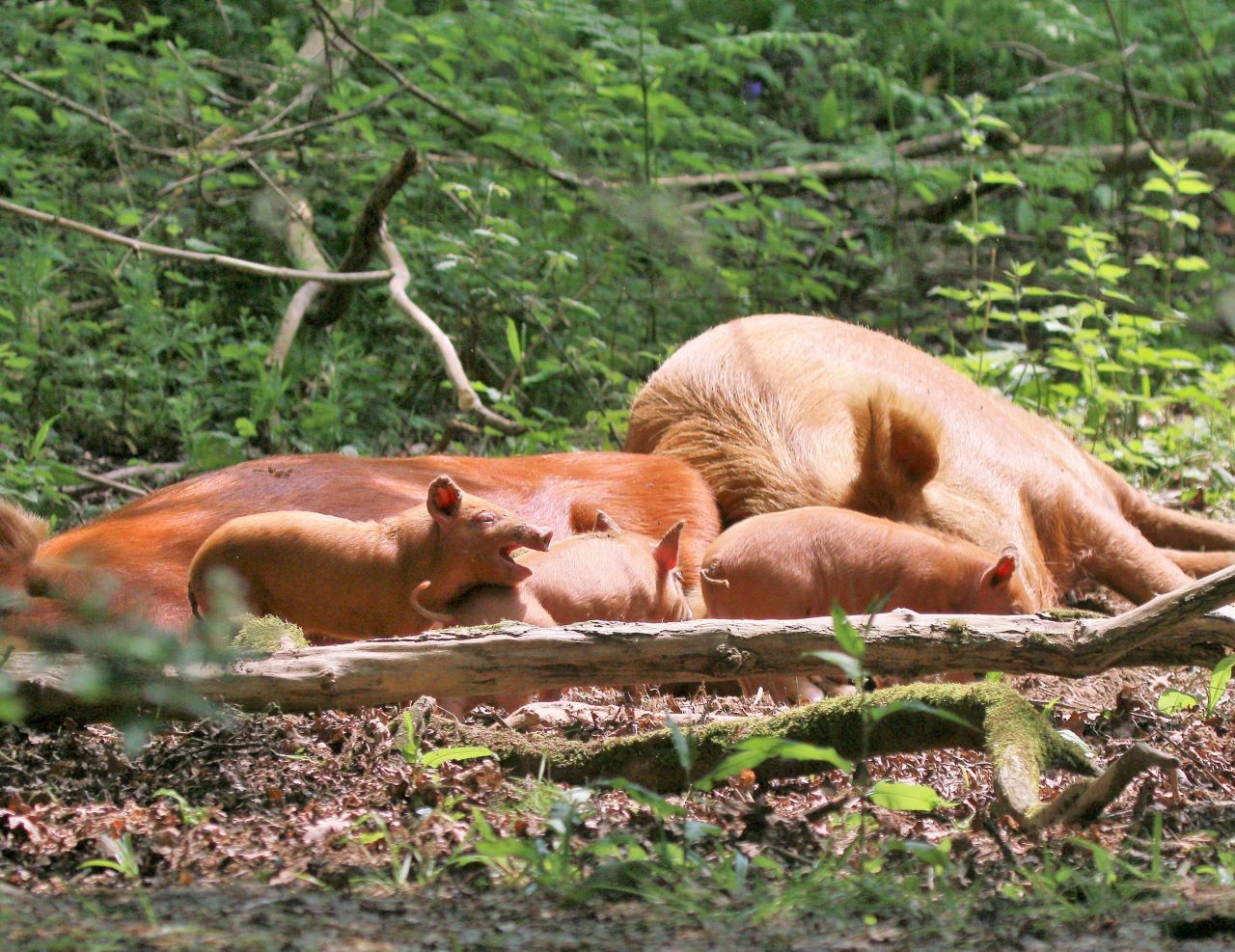
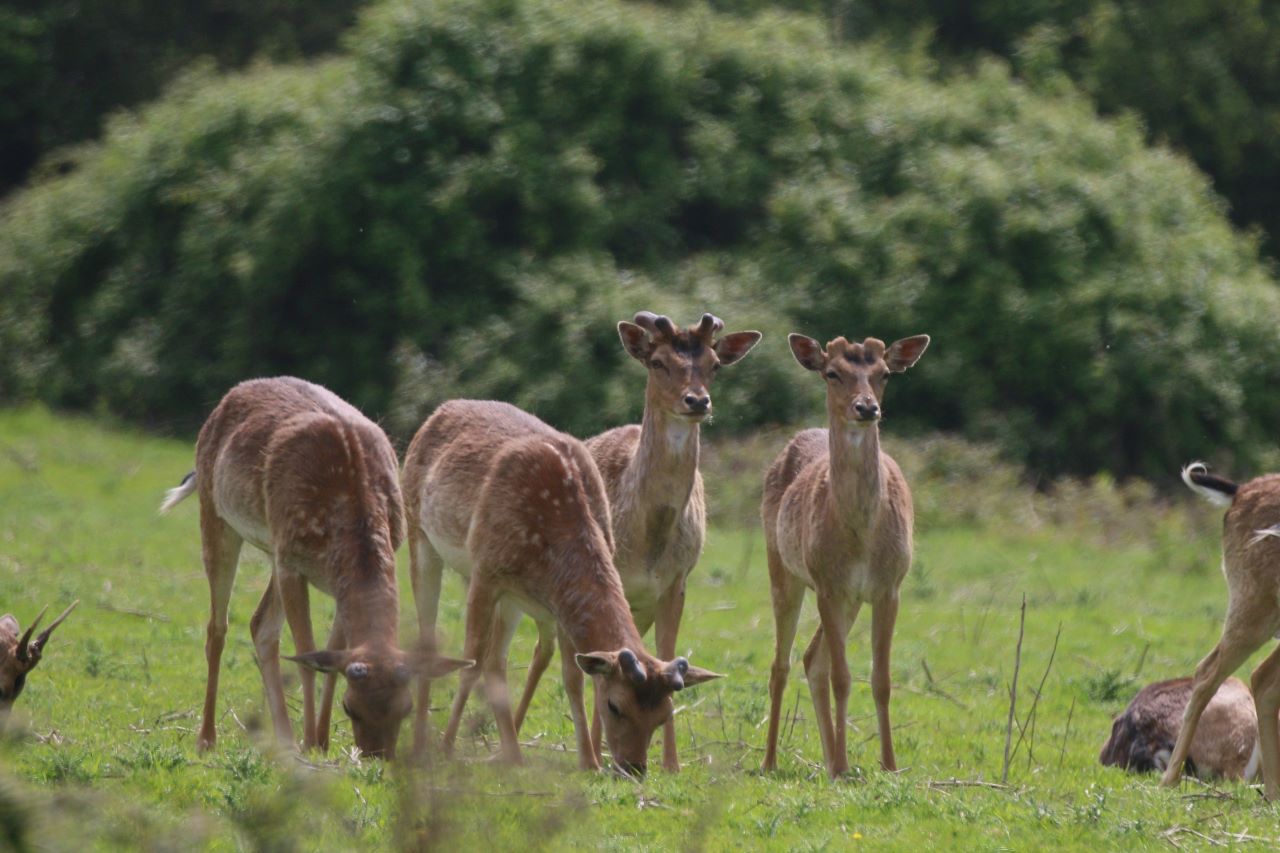
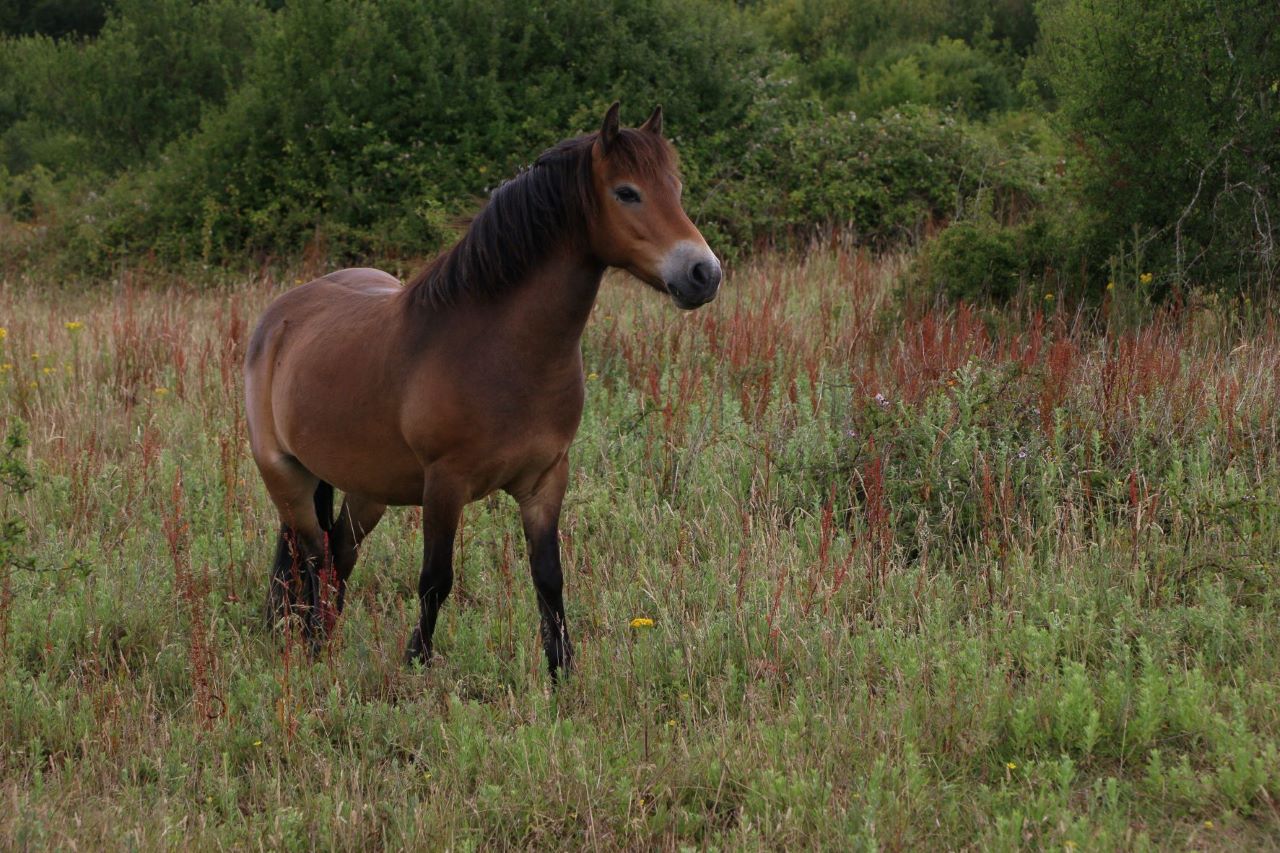
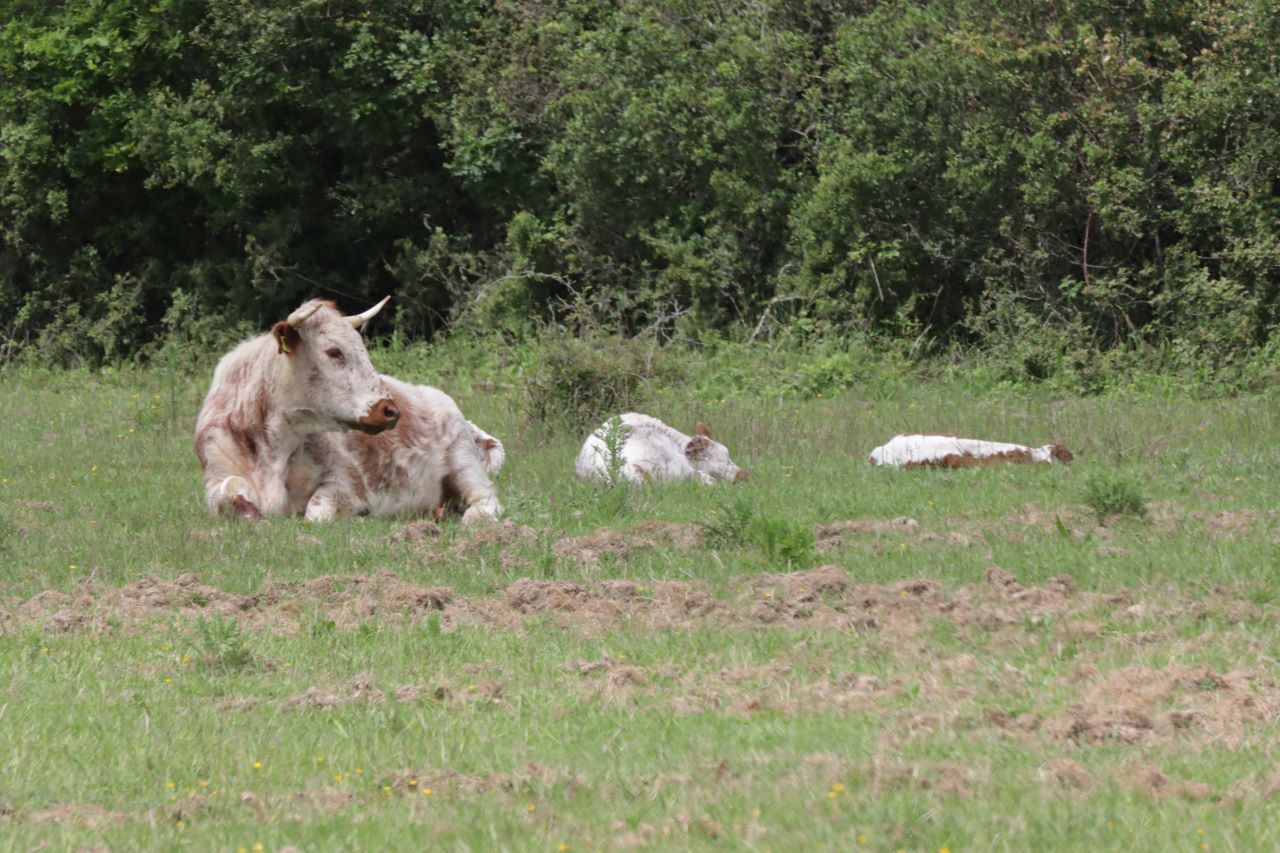
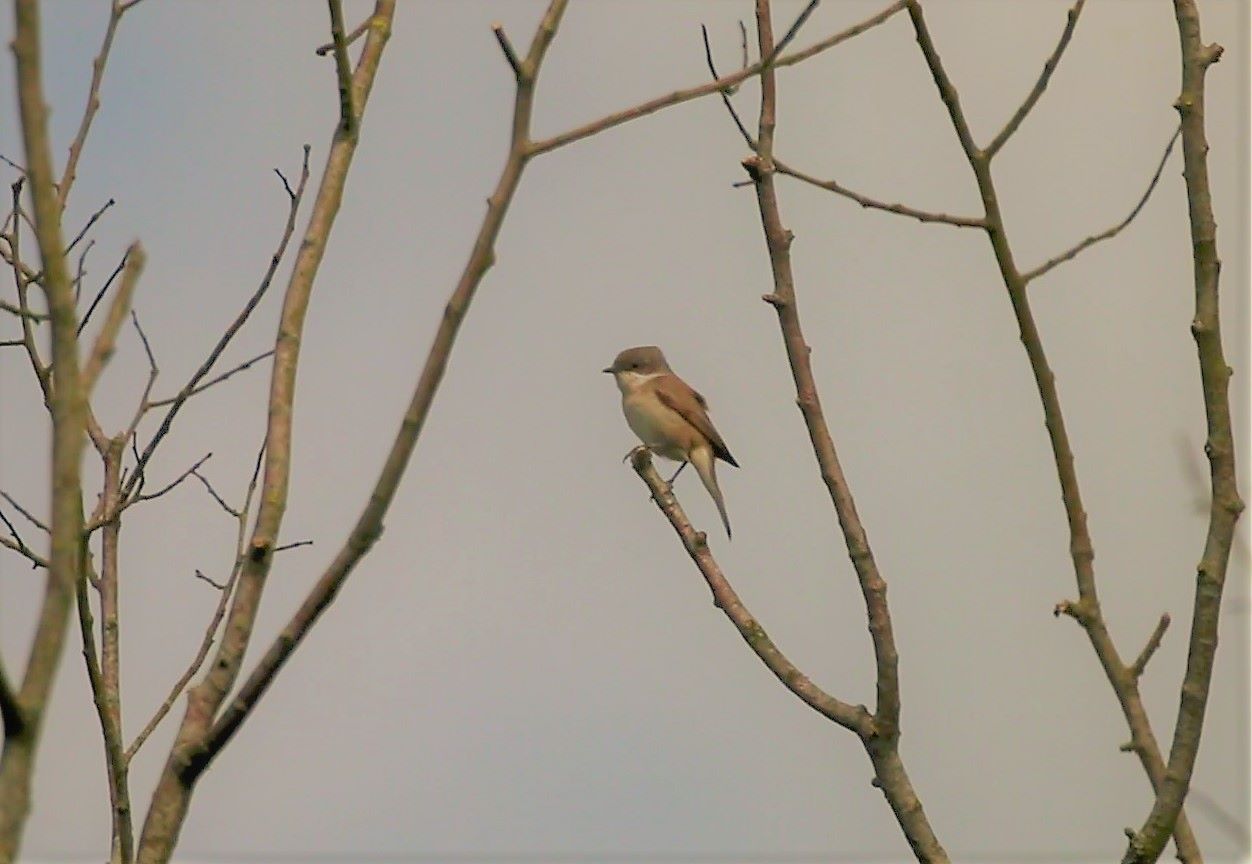
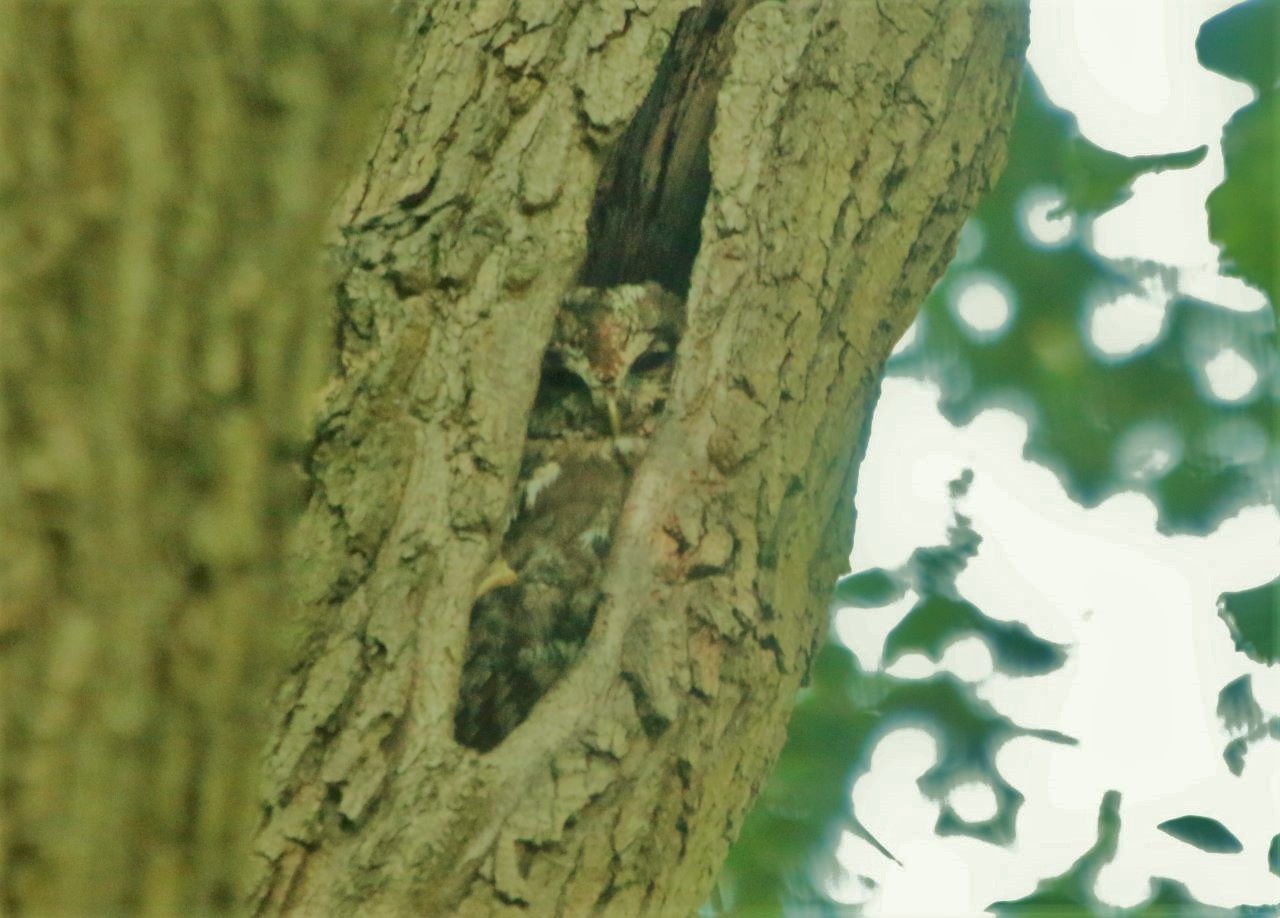
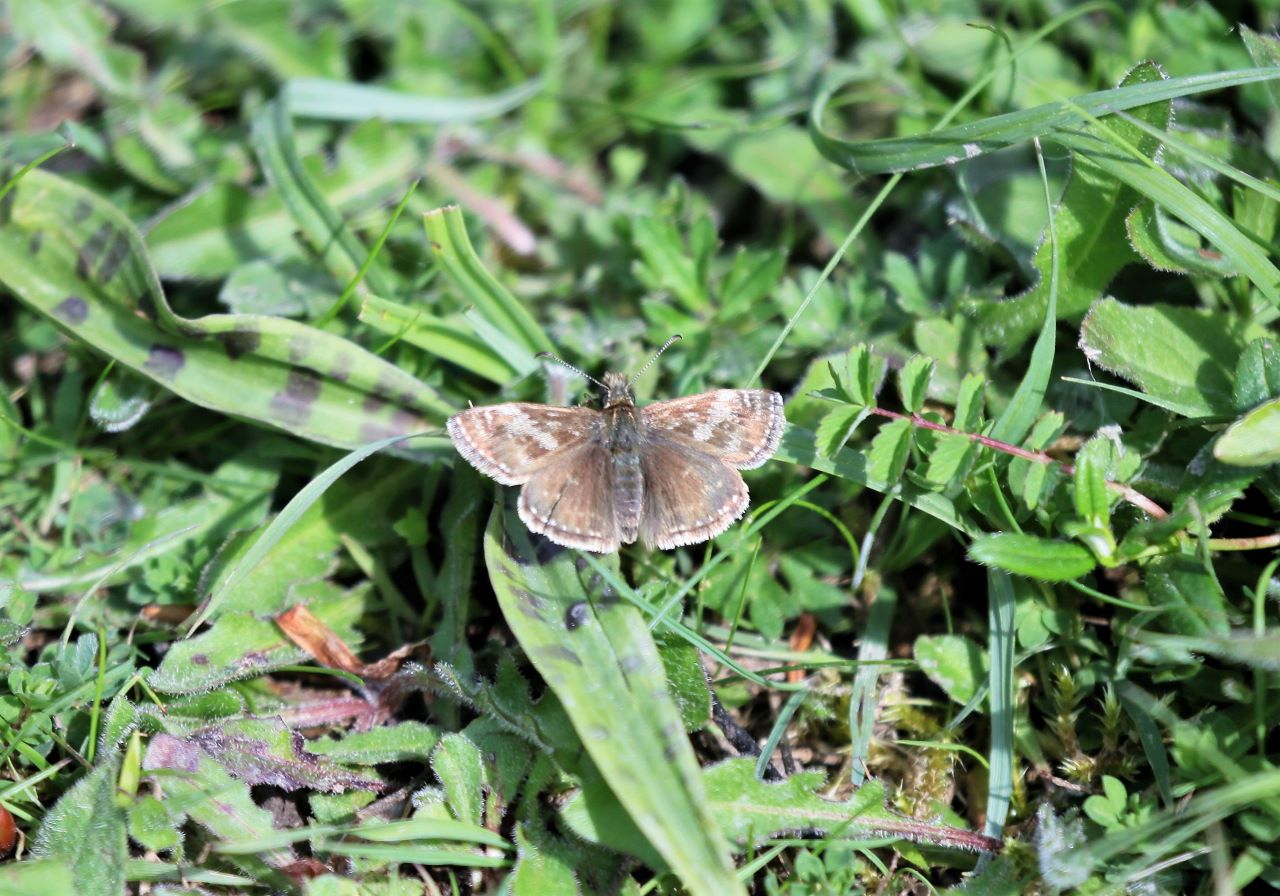
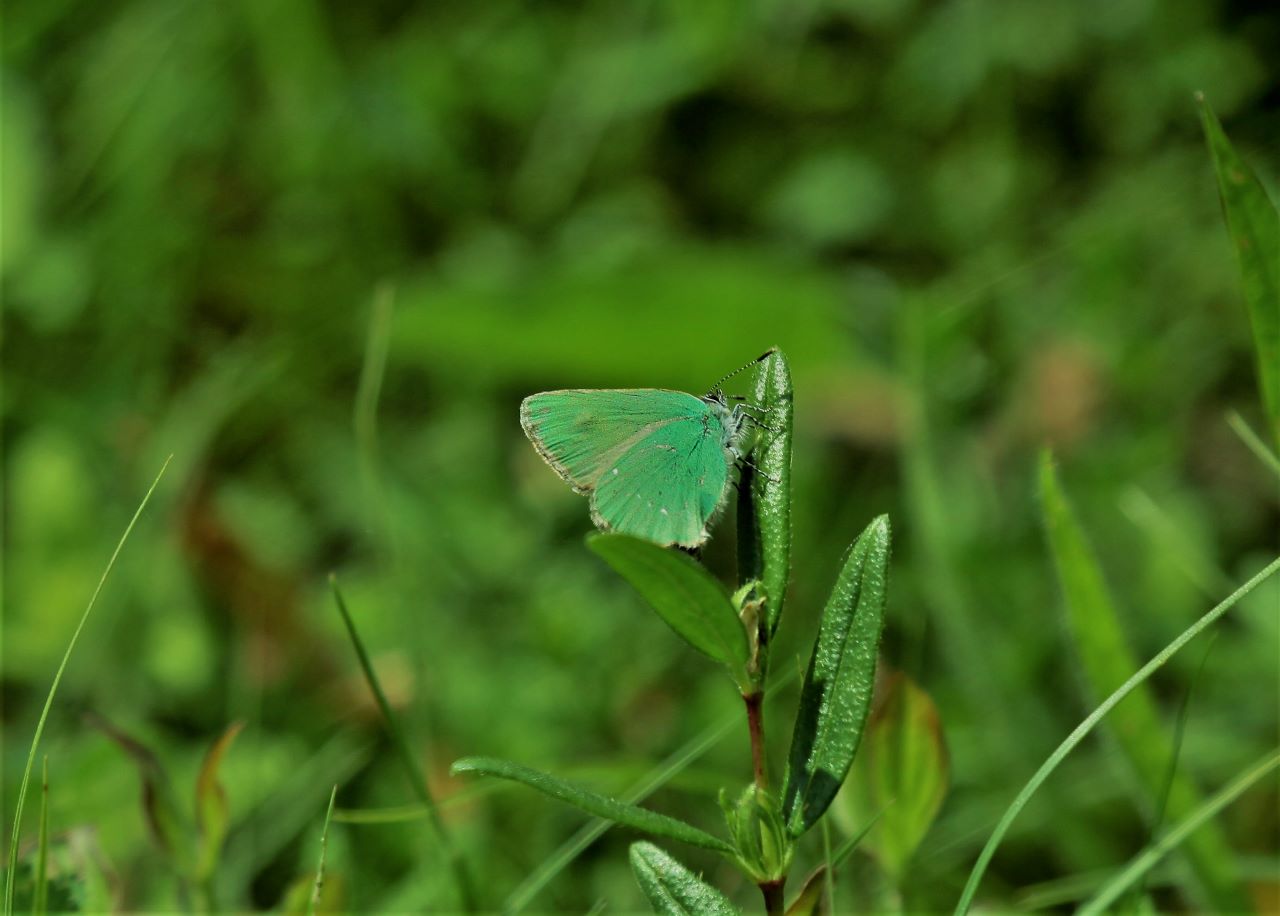
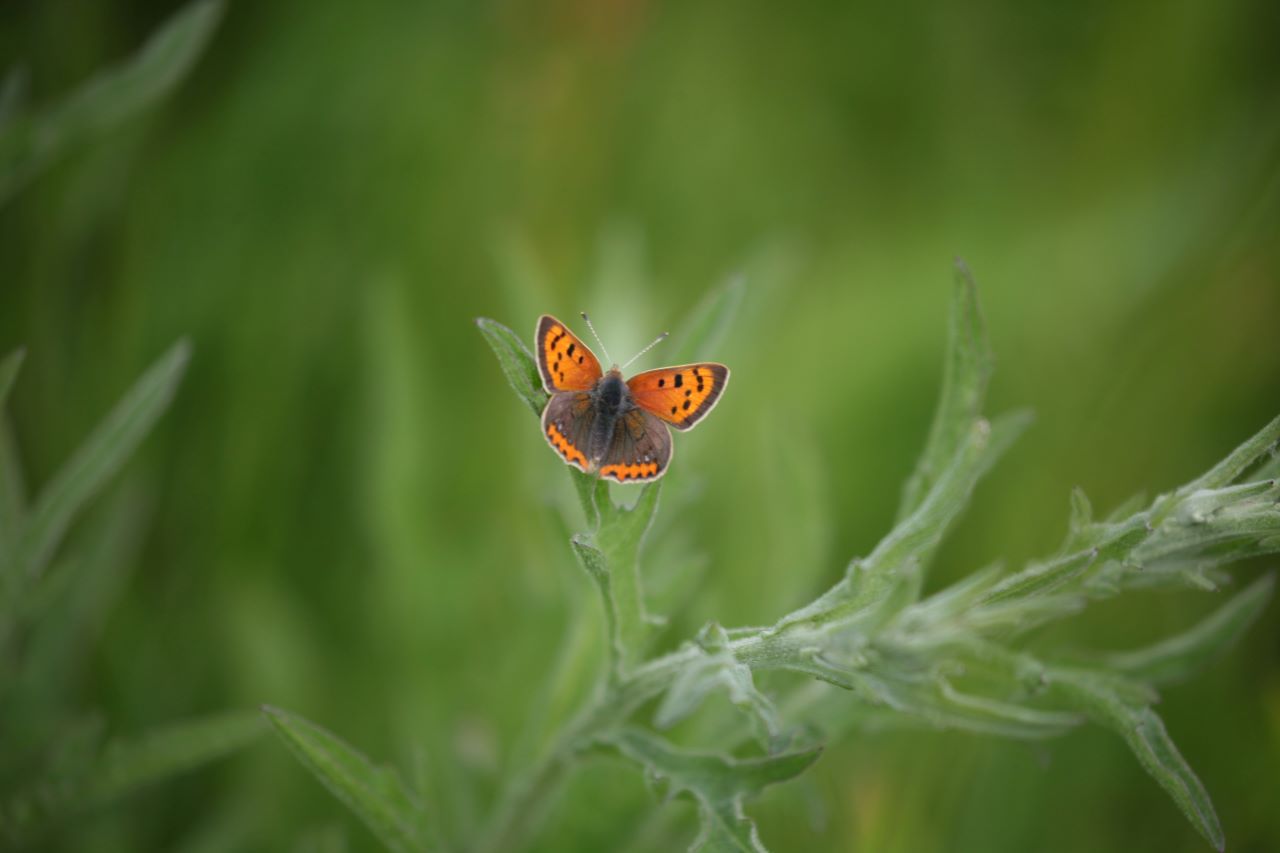
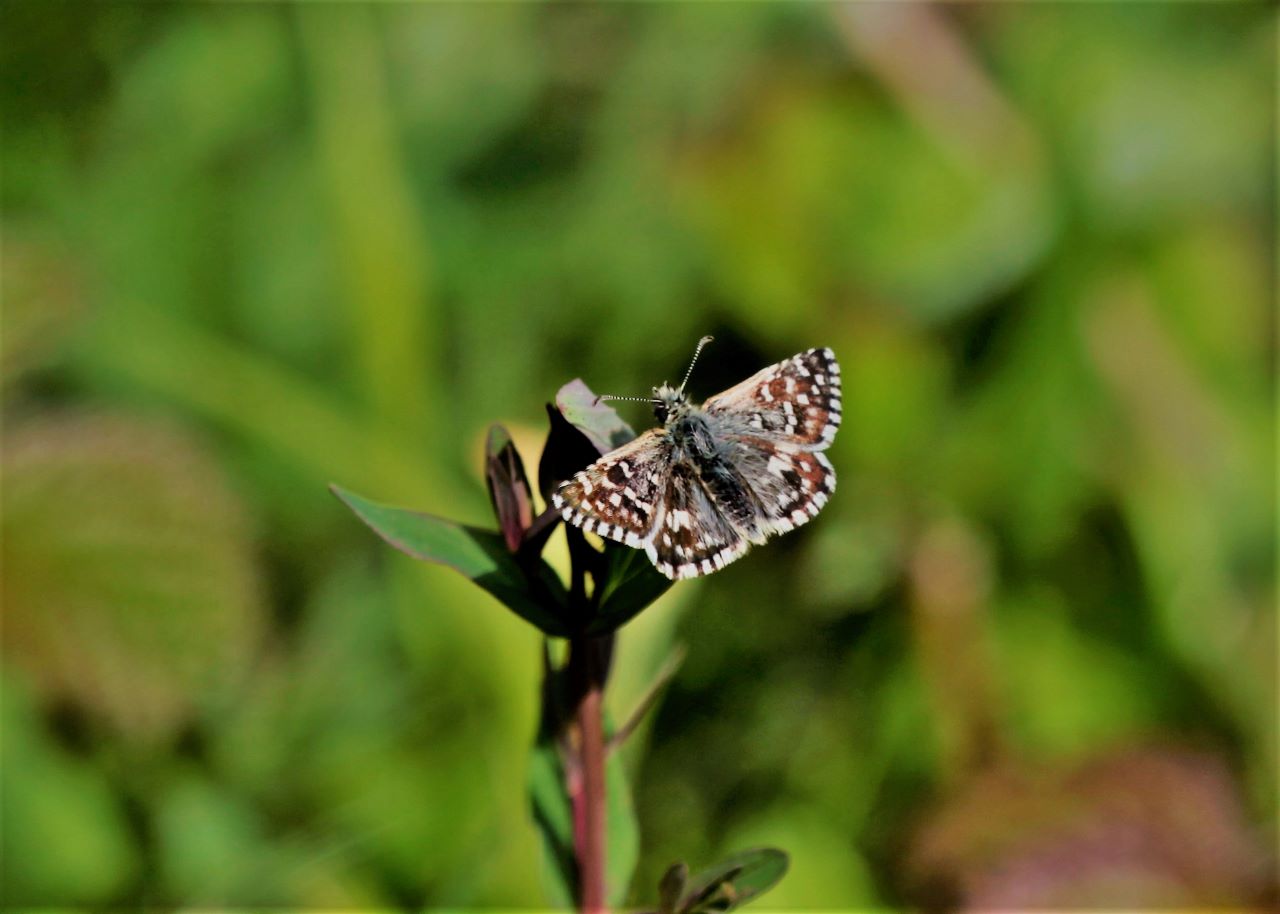
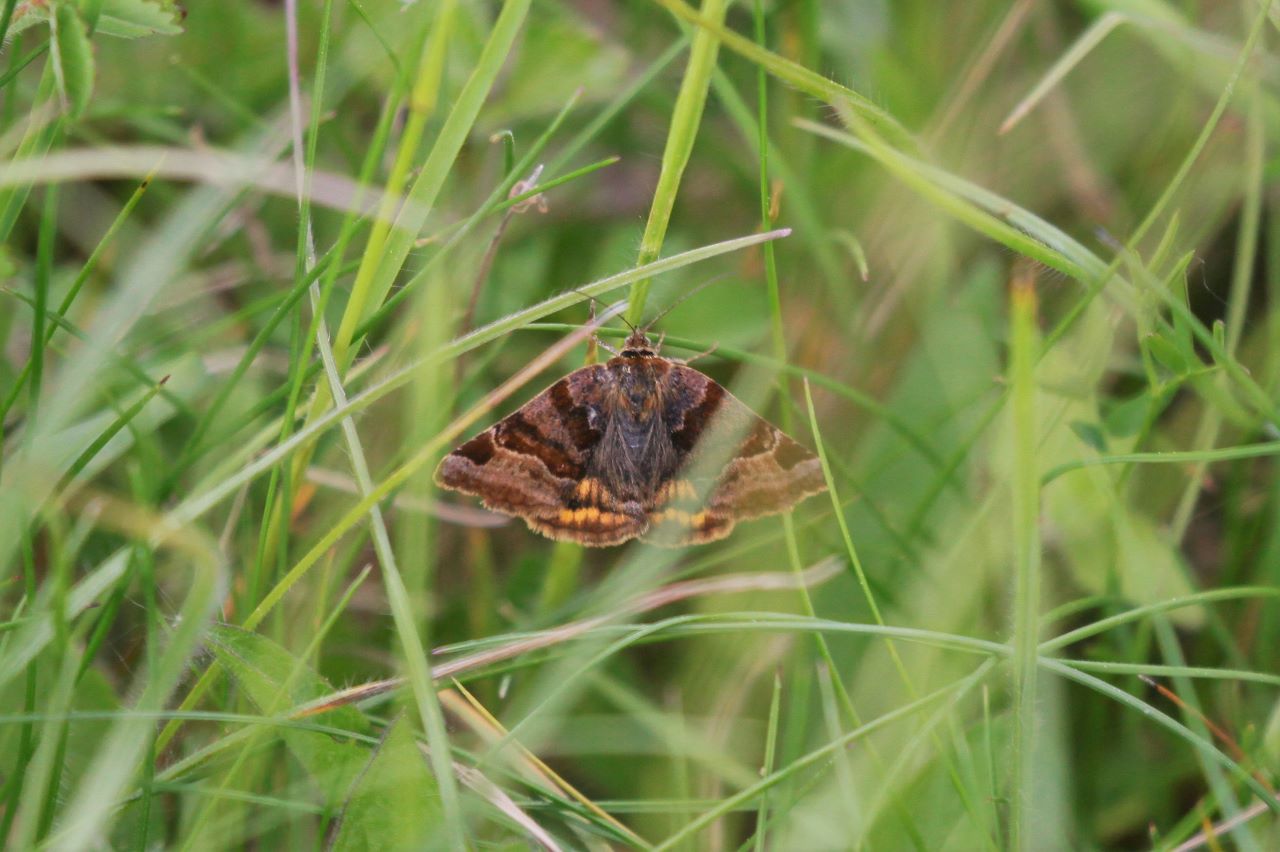
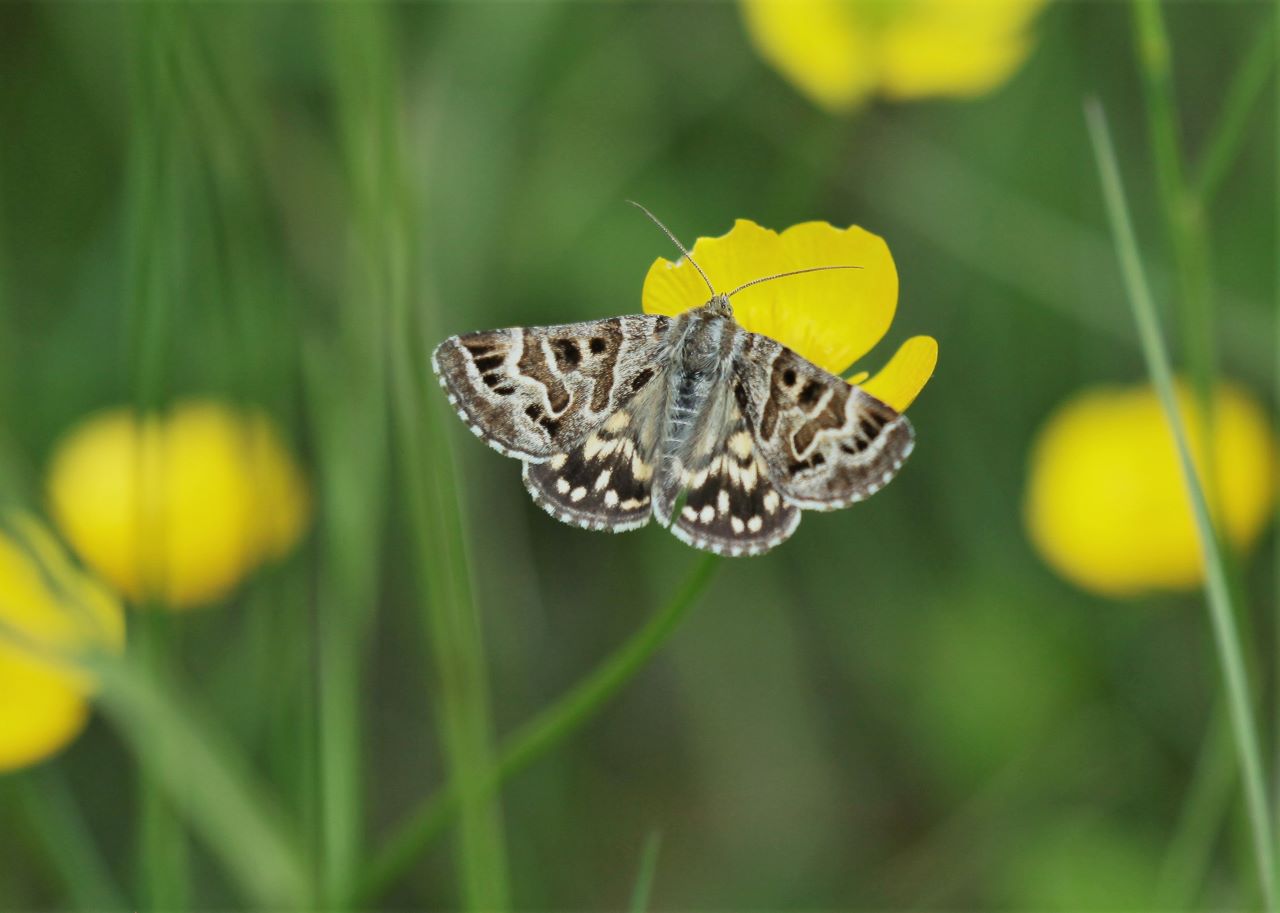

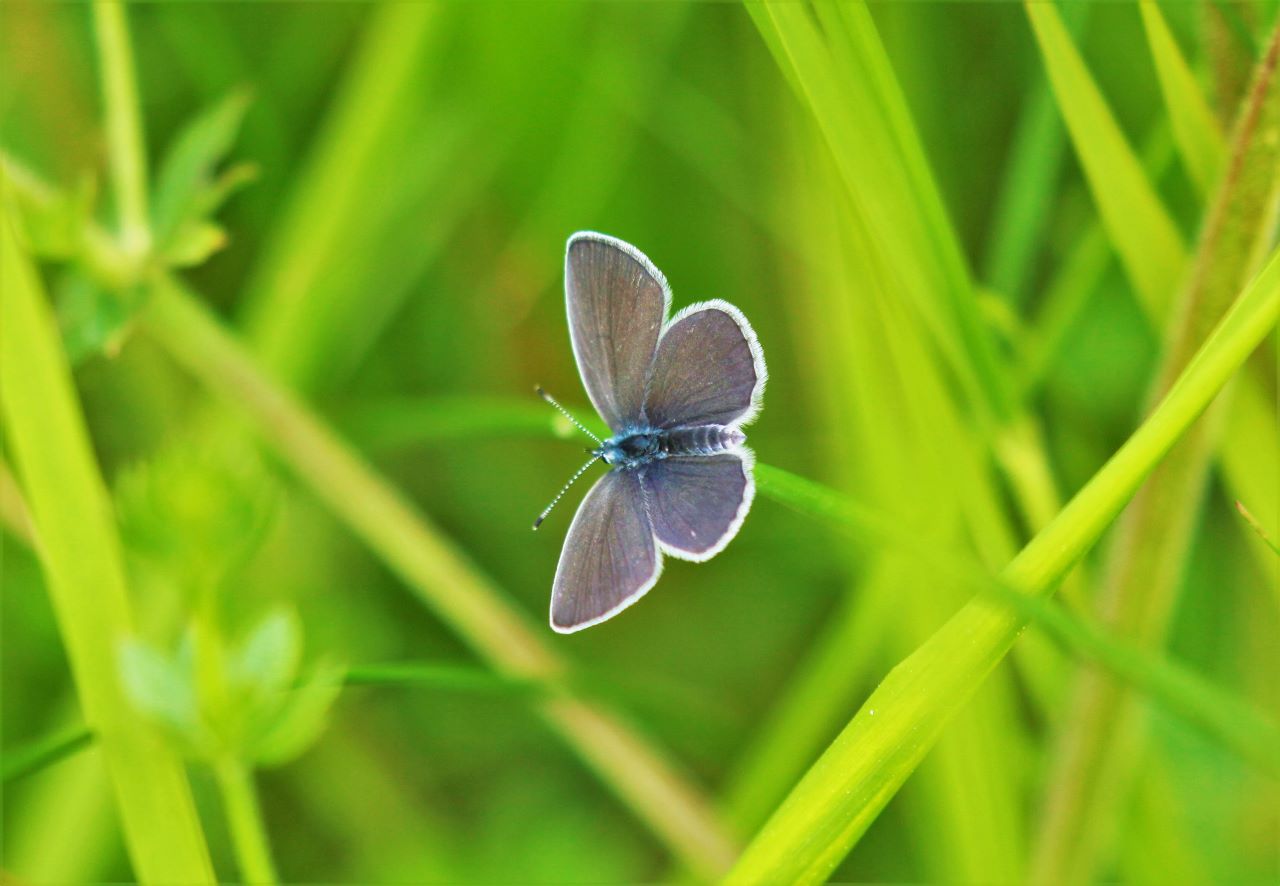


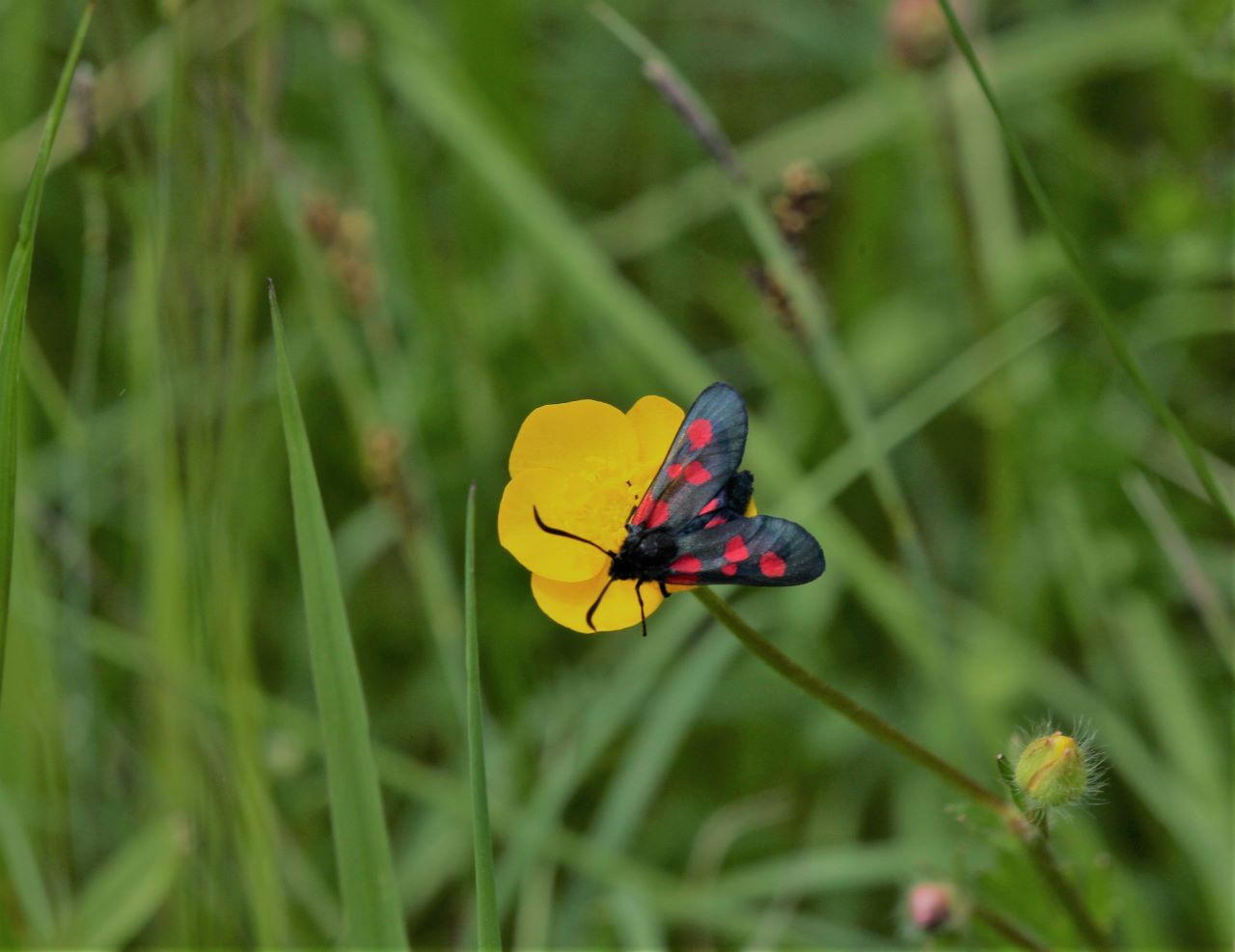
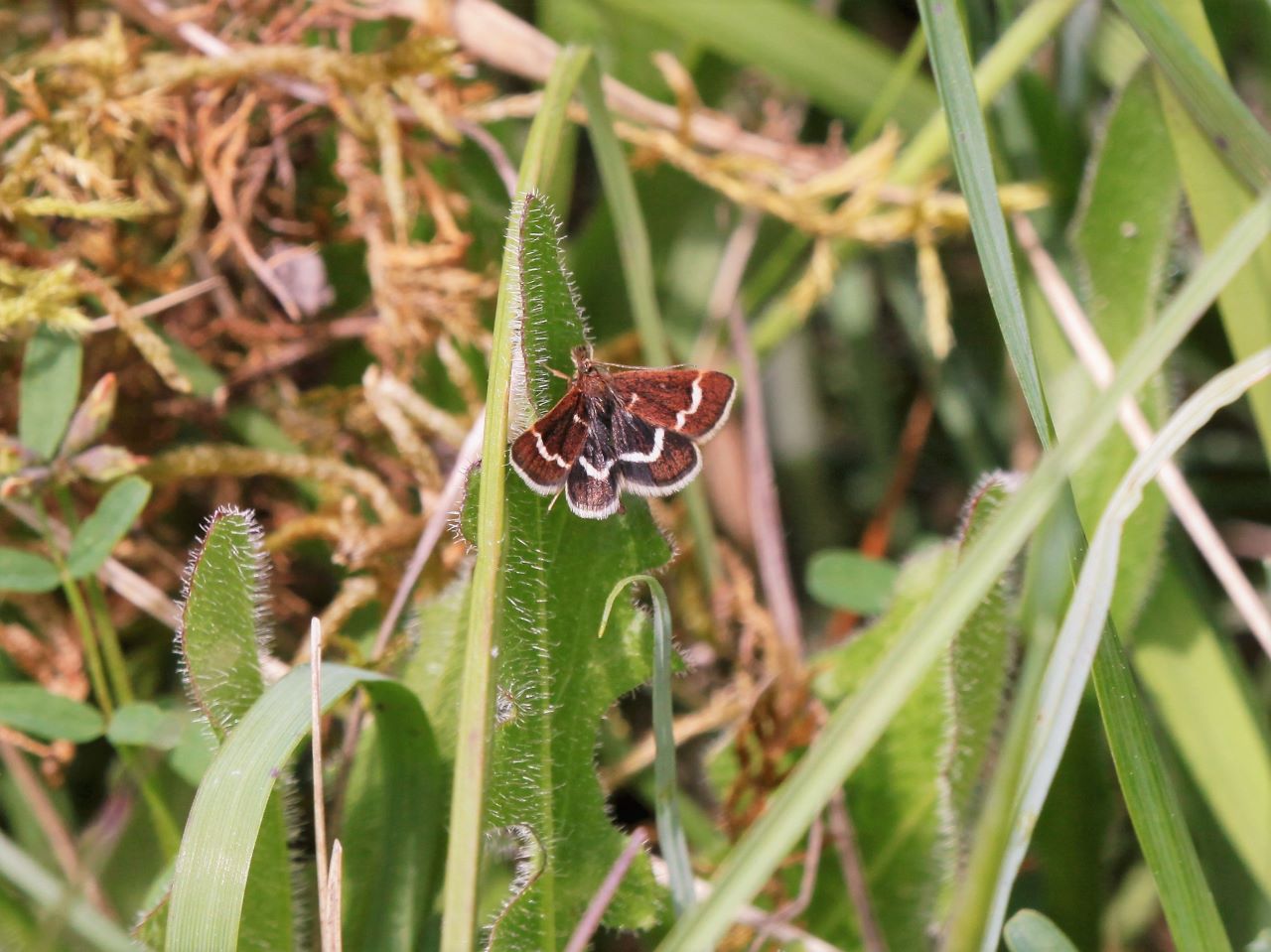
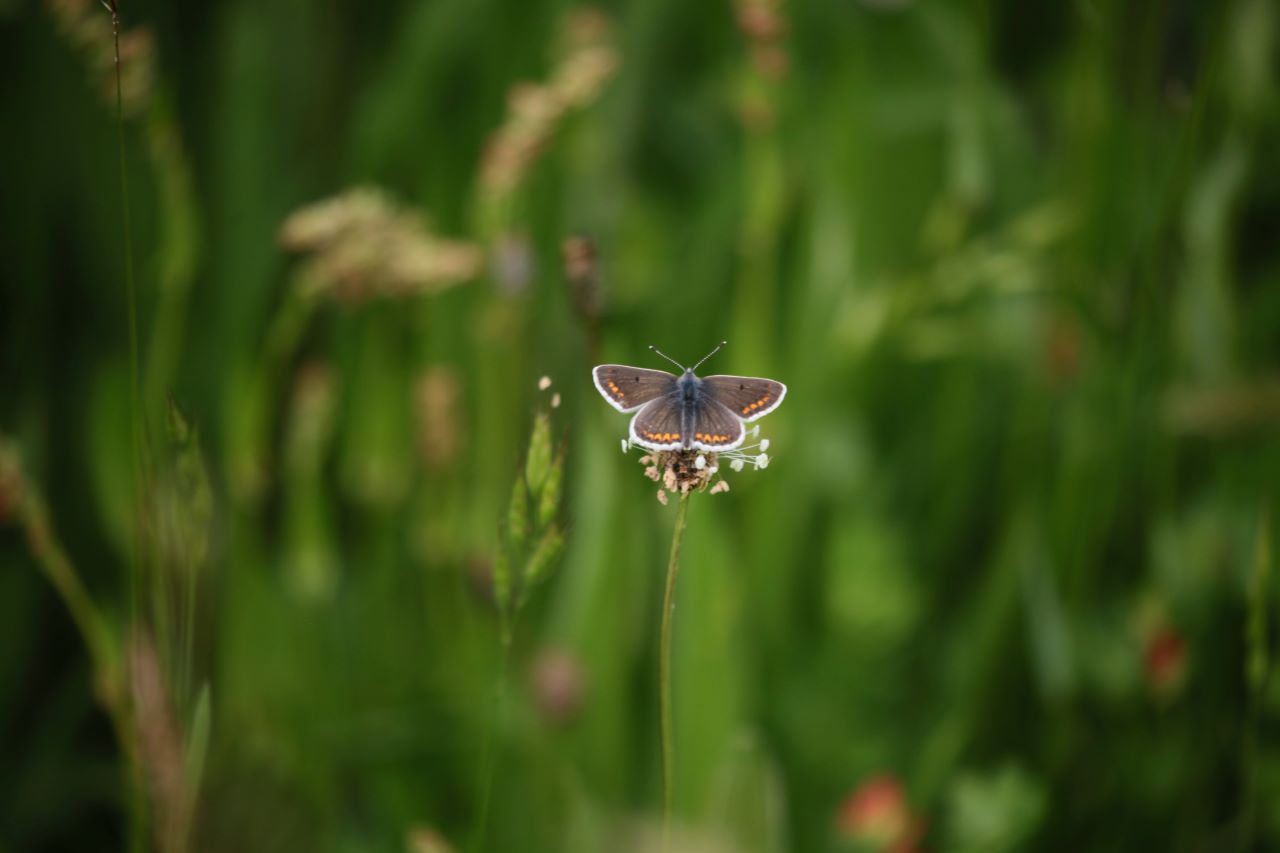
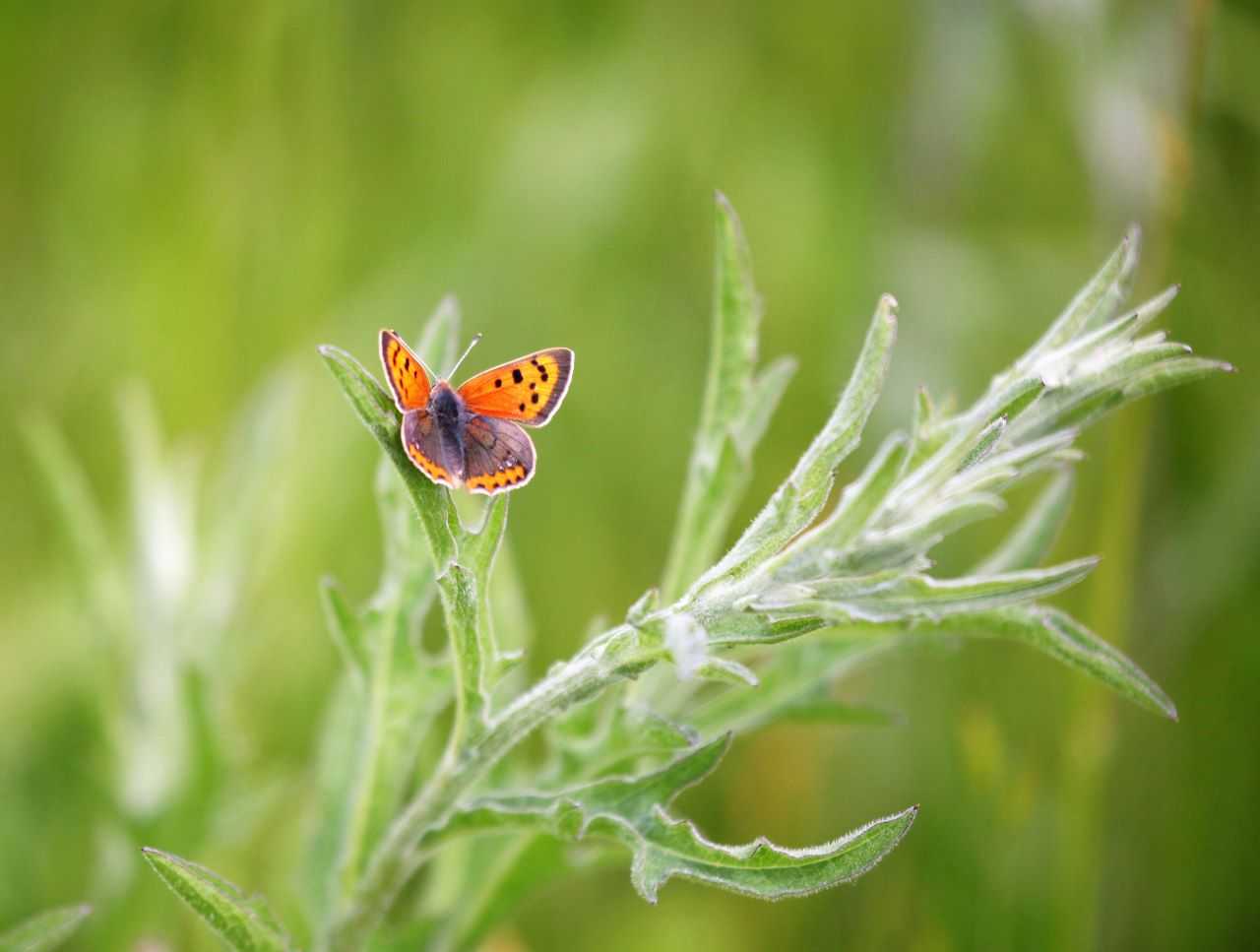
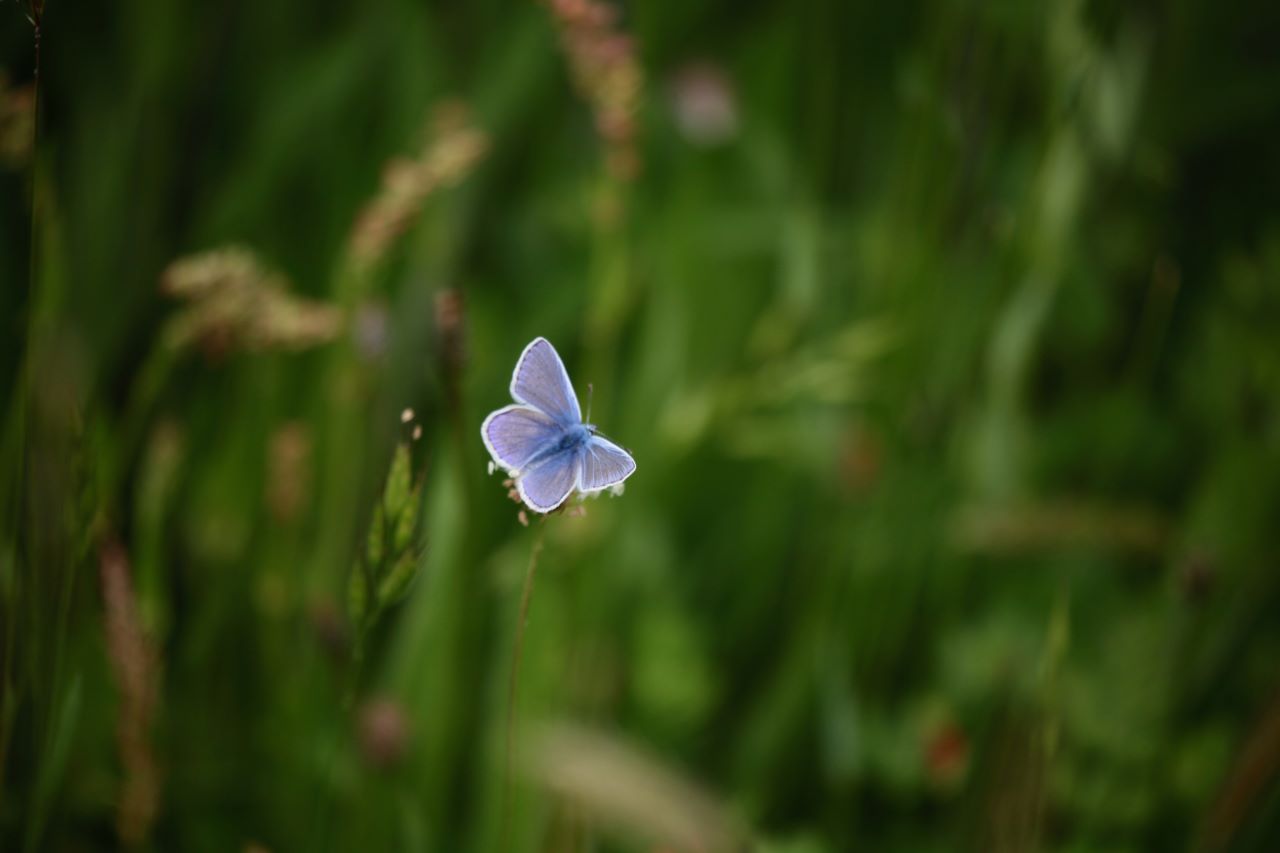
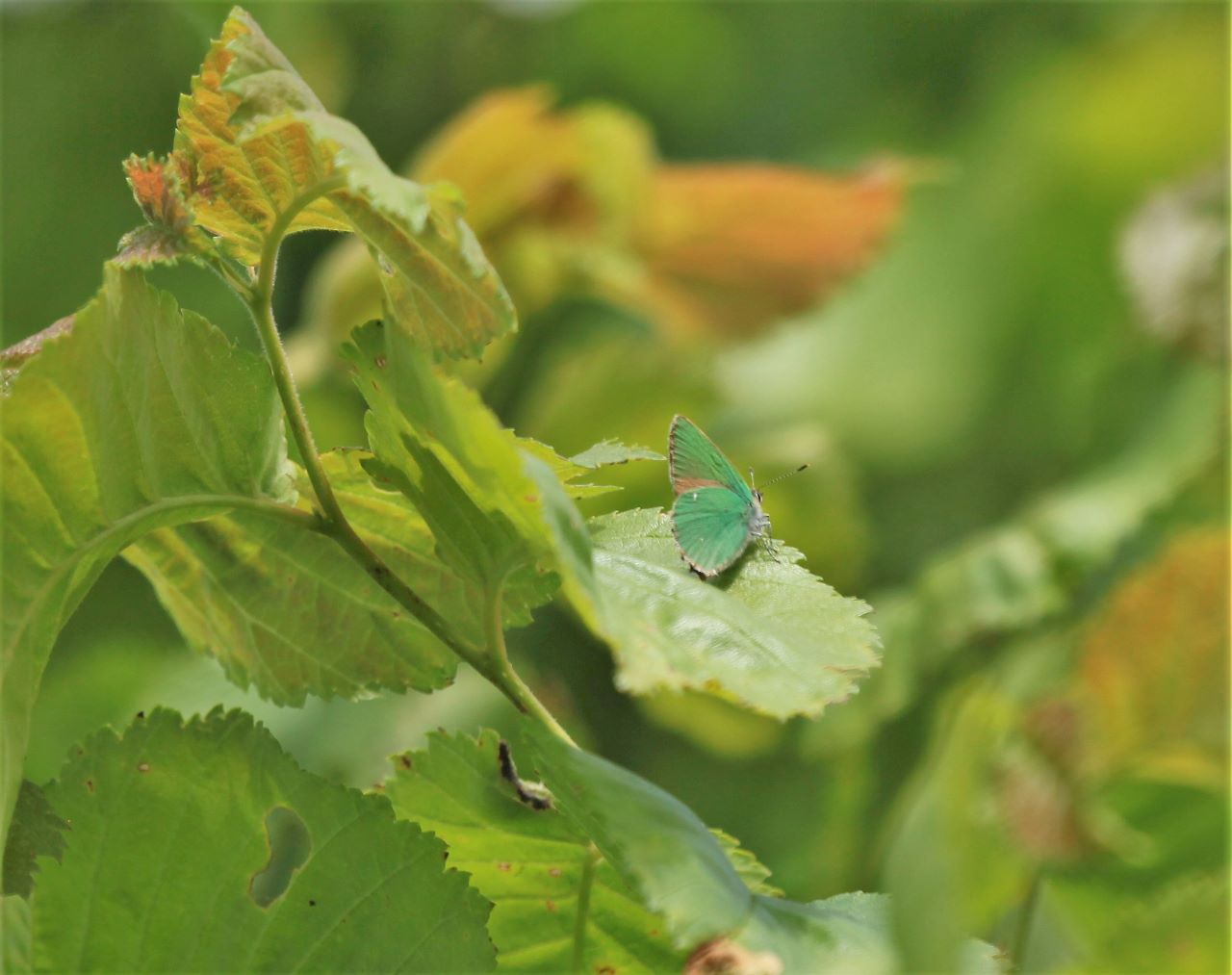
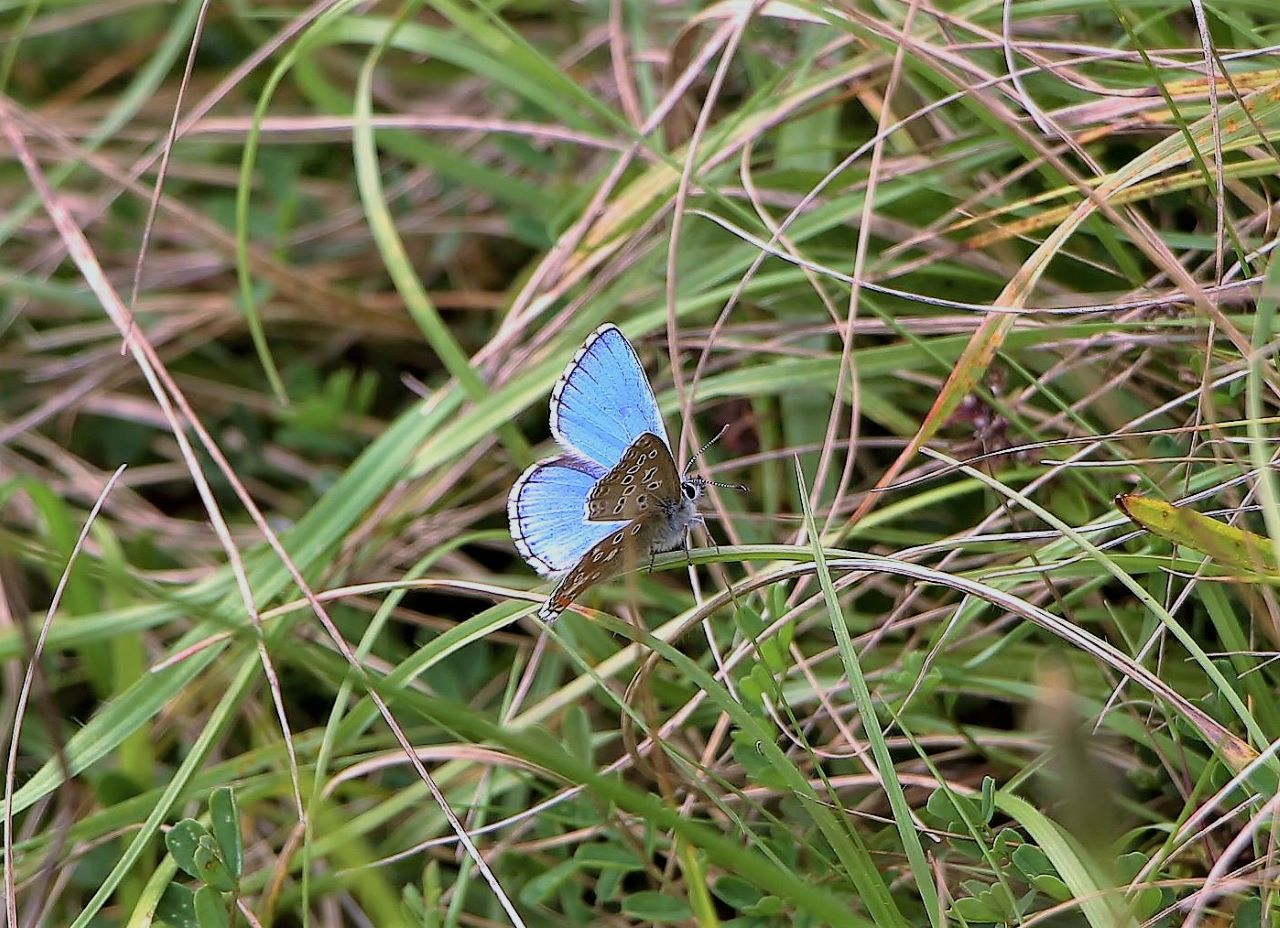










Daniel Andrew
May 29, 2023 at 8:59 pm
I enjoy these articles, thank you!